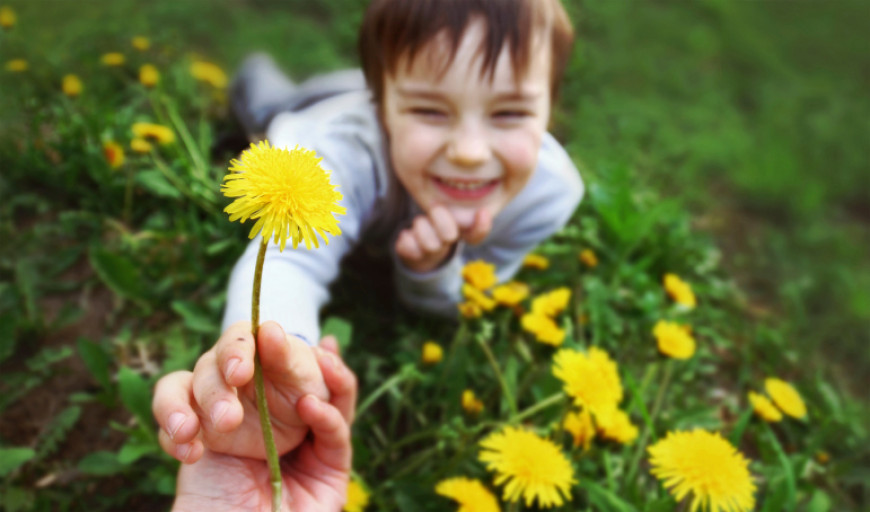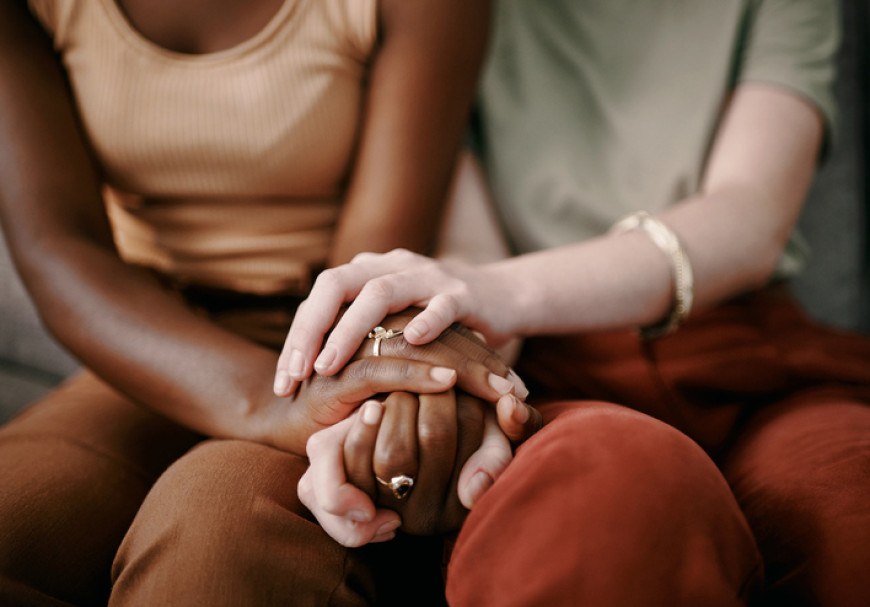Time Required
20-30 minutes daily for at least one week
How to Do It
Preparing: In this exercise, you will guide students to complete the Three Good Things practice. Explain to students that they will be keeping a diary for a week in which they will record three good things that happened to them each day and an explanation of how they achieved or contributed to the good things. Try to encourage them to really think deeply about these positive things.
Selecting good things: First, ask students to think about “three good things that have happened to you today.” If they are having difficulty focusing their attention on positive experiences, you can prompt them by directing them to situations where they tried their best, overcame a difficulty, helped a peer in a certain way, or did well in class. (You can also suggest a quick brainstorming session in pairs or groups of three.) Some possible prompts include:
- “Think about when you worked really hard in class today”
- “Think about when you helped a friend today”
- “Think about when you did something nice for someone or someone did something nice for you”
- “Think about when you tried your best at something today”
- “Think about something you did that made you feel really good about yourself”
- “Think about a difficult situation that worked out well in the end”
Generating explanations: Then, ask the students to write down what they did in each instance that contributed to the “good thing.” Again, if they require further support, you can prompt them as follows:
- “How did you do that?”
- “What did you do exactly?”
- “How did you manage to do that?”
- “How did you make that happen?”
- “What did you do to make that happen?”
Students can either list all three good things first and then complete the explanatory section, or complete one good thing followed by its explanation and repeat twice more.
Sharing with others: If there is time, after students have written their three good things and their explanations in their diaries, they can talk about one of the good things that happened to them with a peer. This will hopefully encourage them to focus on why the good thing happened and reinforce positive thinking.
Research on this practice involved students ages 8-11, but it can be adapted to other age groups.
Why You Should Try It
Just like adults, children can get caught up in the things that go wrong in their lives—like getting bad grades, feeling left out, or experiencing conflict with parents—and forget to appreciate all the positive things. Three Good Things is designed to highlight the positive moments, experiences, and people that children may sometimes take for granted.
After 30 minutes of practice for a week, this exercise has been shown to boost students’ happy feelings, a benefit that might spill over into other aspects of their lives. Students who experience greater positive emotions tend to put in more effort to overcome obstacles, engage in classroom activities more, and be less stressed at school. In addition, positive mental health in childhood is linked to educational achievement and professional success later in life.
Why It Works
By writing down good things that happen to them each day, students are effectively practicing how to remember and recall positive experiences. This could help positive memories come to mind more easily and spontaneously, researchers speculate. Many positive experiences involve other people, so Three Good Things may also remind students of the fun, supportive, and kind people in their life.
Beyond helping students recognize the good, Three Good Things invites them to reflect on how they help bring it about, fostering a sense of personal control. Among adults, research suggests that believing past positive events are more in your control may protect against depression.
Evidence That It Works
Carter, P. J., Hore, B., McGarrigle, L., Edwards, M., Doeg, G., Oakes, R., Campion, A., Carey, G., Vickers, K., and Parkinson, J. A. (2016). Happy thoughts: Enhancing well-being in the classroom with a positive events diary. The Journal of Positive Psychology, 1-12.
In a study of around 600 students ages 8 to 11, the group who completed Three Good Things for a week reported being happier afterward and three months later, compared to the group who just journaled about their daily experiences. There was also some evidence that the exercise could help with symptoms of depression, particularly for students who were less happy to begin with.
Sources
John Parkinson, Ph.D., Bangor University
Reflecting on Three Good Things can spotlight the good and boost students’ feelings of thankfulness. Do you have an attitude of gratitude? Take our Gratitude quiz to find out:







Comments
and Reviews
Caleb
just not it
The Greater Good Toolkit
Made in collaboration with Holstee, this tookit includes 30 science-based practices for a meaningful life.
The Greater Good Toolkit
Made in collaboration with Holstee, this tookit includes 30 science-based practices for a meaningful life.